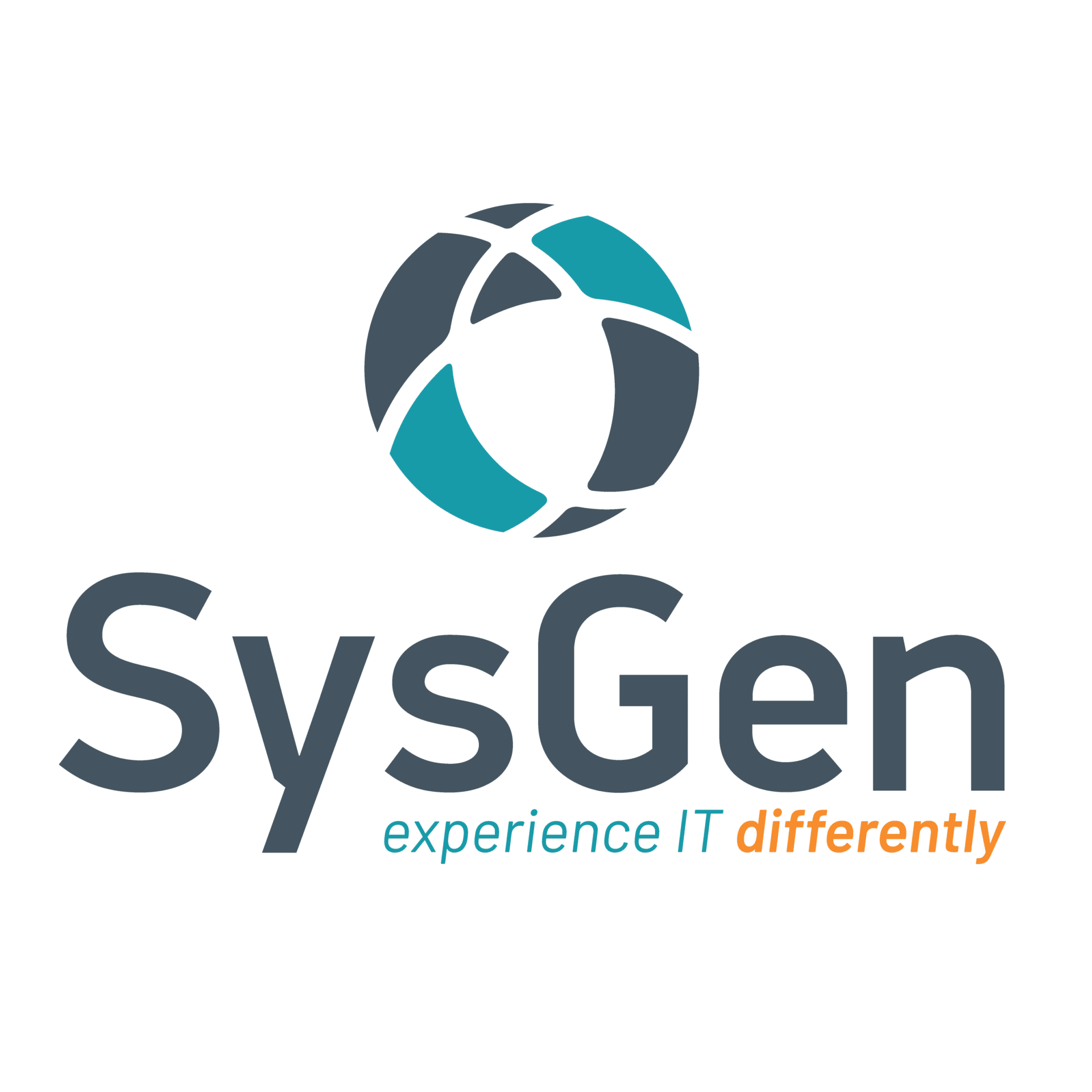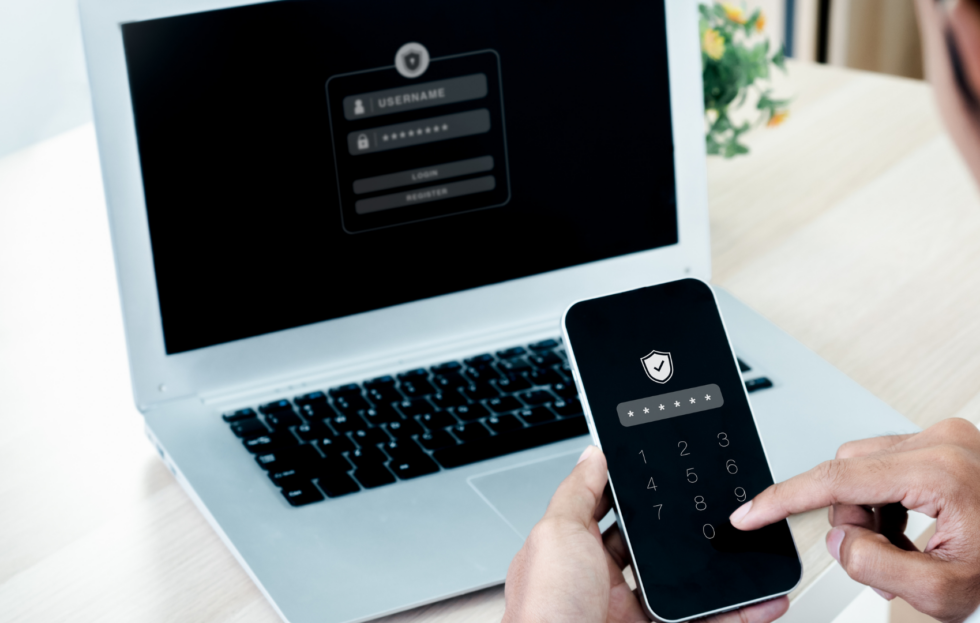Table of Contents
- MFA Best Practices: Securing Email Accounts and Beyond
- Understanding Multi-Factor Authentication (MFA)
- Benefits of Using MFA
- Choosing the Right Authentication Factors
- Securing Email Accounts with MFA
- Extending MFA to Other Online Accounts
- MFA Best Practices
- Troubleshooting and Common Issues
- Staying Informed and Updated
- Support From SysGen
MFA Best Practices: Securing Email Accounts and Beyond
In an increasingly digital world where our personal and professional lives are entwined with online accounts and sensitive information, the need for robust cybersecurity practices has never been greater. Today, Multi-Factor Authentication (MFA) has emerged as a cornerstone of online security best practices, playing a pivotal role in safeguarding our digital identities. In this article, we’ll dive into the growing importance of MFA and learn how to secure your business email accounts, while potentially extending MFA to other online services and resources.
Understanding Multi-Factor Authentication (MFA)
MFA is a security protocol that goes beyond the traditional username and password combination. It requires the users to provide two or more separate factors to authenticate their identity. This additional layer of security significantly enhances the protection of online accounts. MFA operates on the concept of “factors.” These factors can be categorized into three primary types:
- Something You Know: This includes knowledge-based factors like passwords or PINs. It’s the most common form of authentication, but it can be vulnerable if not used securely. That’s why it’s important to have passwords that are complicated with unique combinations that only you would know.
- Something You Have: This factor involves physical possessions, such as smartphones or hardware tokens, which generate one-time codes. Your smartphone should also come with its own set of MFA (e.g., PIN to unlock your phone) for additional protection. Your hardware tokens should be kept in a safe place that only you can access.
- Something You Are: Biometric factors like facial recognition/ID, fingerprints, and retina scans fall into this category. Biometrics provides a highly secure means of authentication, and today’s technology makes it easy to implement them in your mobile devices.
By using the combination of these factors, it makes it exceedingly difficult for malicious actors to gain unauthorized access, even if they manage to acquire one type of authentication. For example, if a bad actor knows your password but doesn’t have your fingerprints, there’s a high chance they will be unsuccessful in accessing your protected data.
Benefits of Using MFA
Implementing MFA is one of the main email security best practices, and offers a myriad of advantages for businesses and for personal use, such as:
Today, MFA acts as a simple but formidable barrier, preventing unauthorized users from accessing your accounts. Even if someone successfully acquires your password, with MFA, they cannot log in without implementing the additional factors.
Defence Against Phishing and Credential Stuffing Attacks
Phishing attacks and credential stuffing incidents become less effective when MFA is put in place. Attackers can no longer gain access solely by tricking you into revealing your password—MFA becomes the extra layer of defence that helps protect your data and information.
Improved Overall Account Security
With MFA, your online accounts become significantly more secure and protected. The slight inconvenience of entering an extra authentication factor is a small price to pay for the enhanced protection it provides. It may seem tedious at first, but turning this into a habit will prove helpful in the future.
Choosing the Right Authentication Factors
The choice of authentication factors depends on the service you plan to secure and your personal preferences. Each factor has its strengths and weaknesses, and combining different factors offers the highest level of security. For instance, you can pair a password (something you know) with a smartphone-generated code (something you have). Alternatively, you can pair your PIN (something you know) which is followed by your fingerprints (something you are). To protect information in your business and as an email security best practice, we recommend combining all three authentication types for the highest level of security.
Securing Email Accounts with MFA
Email accounts are prime targets for cyberattacks due to the wealth of information they hold. Messages in email accounts can store sensitive data and classified financial information. Bad actors can use this data against businesses to make money or sell the information to others who have no right to access it. Thankfully, many email account providers have offered solutions to secure your email accounts.
If you use Google’s Gmail, you can follow these steps:
- Visit your Google Account settings.
- Navigate to Security.
- Select “2-Step Verification” to set up your MFA.
Alternatively, if you use Microsoft Outlook, you can follow these steps:
- Access your Microsoft Account settings.
- Find “Security & Privacy” and set up MFA by selecting “More security options.”
You can choose strong authentication methods for email accounts in addition to the in-house protection methods, such as app-generated codes, SMS codes, or biometrics, and avoid easily guessable passwords (avoid using 1234!). When it comes to email security solutions, it’s important to take a multi-faceted approach, especially with your business email.
Extending MFA to Other Online Accounts
Implementing MFA isn’t just an email best practice; it extends to other accounts as well, and it’s imperative you extend its protection to various online services.
- First, applying it to your social media accounts can help protect your login information and personal data, such as photos and posts. If you’re an active user on Facebook, Instagram, and X (formerly Twitter)—all these platforms offer MFA options that are available to access in the security settings.
- Second, most people access their banking applications on the road or outside the safety of at-home or at-work Wi-Fi. Most major bank applications offer MFA options (CIBC, RBC, TD) to ensure you remain protected in open zones. You can contact your bank directly or check their website for instructions to implement MFA in your mobile apps.
- Finally, it’s important to implement MFA in your cloud storage applications. Protect your valuable files while using services like Google Drive, OneDrive, and Dropbox. Each of these major cloud storage providers has MFA available in their settings.
MFA Best Practices
What are the next steps to take now that you’ve implemented MFA in your apps and devices? To maximize the effectiveness of MFA, we offer a couple of recommendations, that can also be considered account security best practices:
- Update your passwords regularly in combination with MFA. This is to reduce the risk of data breaches and to ensure your data remains protected.
- Avoid using easily guessable passwords and do not reuse them across platforms, as they can compromise the effectiveness of MFA. If you need a hand remembering unique passwords, consider the use of a password manager, like LastPass or NordPass.
- Keep additional backup authentication methods in case you lose access to one of your factors. For example, enabling a second mobile phone number or email account in your MFA efforts in case the default factor is compromised.
- Try to continuously monitor MFA alerts on your apps and devices and keep an eye on notifications for any suspicious activity.
Troubleshooting and Common Issues
While the advantages of MFA strongly outweigh the disadvantages, MFA can sometimes present challenges to users. Common issues users may face include loss of time while trying to use MFA to log into devices, lost or broken devices, user error, and incompatibility. Today’s MFA implementation is faster and easier than before, but it can still take time to wait for authenticating notifications and messages to appear before you’re able to log into devices securely. This may cause user frustration and loss of time (e.g., meeting a deadline).
The solution to this is to prepare ample time to log into your devices and to have your devices on hand and at the ready.
- Having lost or broken devices can also be a hindrance to accessing your data safely, therefore, having backup codes or alternative authentication methods is crucial.
- User error is a common challenge in the MFA world; mistakes can happen during setup. Ensure to carefully follow the provided instructions or get help from your local IT support provider.
- The final common challenge is incompatibility; while some services or devices may not support MFA, you may consider opting for a reputable authentication app for generating codes (e.g., Google Authenticator, Microsoft Authenticator, etc.)
Staying Informed and Updated
The world of cybersecurity is constantly evolving, with new threats emerging regularly. You and your business must stay informed about the latest MFA technologies and email security practices. Be sure to follow best practices for keeping your MFA methods up-to-date, and schedule regular and thorough reviews of your account security settings. Work with your team to implement all the best practices, and encourage them to apply MFA methods both on their business and personal devices. With the continuing practice of hybrid and remote work, it’s easy to neglect MFA methods until a security breach occurs, so ensure that doesn’t happen by installing good habits on all your technology devices.
Support From SysGen
Multi-factor authentication (MFA) is a critical component of online security. By implementing MFA, you can protect your email accounts and other online services from unauthorized access and various cyber threats. It’s time to take action today and enhance your online and email security through the power of MFA; your business’ digital well-being depends on it. Not sure where to start? Connect with our team of cybersecurity experts at SysGen; we are located in Calgary, Edmonton, Red Deer, and the Okanagan – start your journey to cybersecurity today!
Start your MFA protection today!



